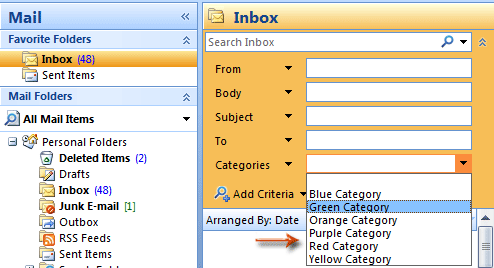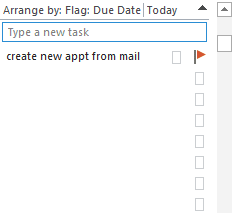

When you import these files, the data is stored locally on your Mac.
#OUTLOOK CATEGORY MISSING MAC#
So, what happens to categories when you import data to Mac Outlook using data files like PST and OLM? (NOTE* – Only Outlook 2016 and 365 editions support PST format for importing Windows Outlook data). So, How This Affects When You Import Data From Files like OLM or PST? It can also be called to have the roaming ability, since you can use your emails from any client, and yet get all these properties.
#OUTLOOK CATEGORY MISSING FOR MAC#
However, Microsoft introduced a Master Category List in Outlook 365 for Mac edition, where even color-coding properties of your categories will get synced to the actual servers.
In Outlook 2011, only the categories’ names were synced to the server, not the color codes.

So, if you’d access your email account in, let’s say, web-based client, you will not see many of those categories. Some of them are local and are associated with your emails only in Mac Outlook. Now, the thing with these categories (or labels) is that not all of them are server-side properties. You can assign categories to your emails, such as – Travel, Work, Family, Friends, etc. Now, let’s get back to the main topic of this post – categories in Mac Outlook 365. Server-based data is the data that’s stored in mail servers, and thus, it can be accessed from anywhere. Local data refers to the data that’s stored only in client (Outlook in this case), and if you try to access your account from some other place or program (like a web-based client), you do not have access to that data. With every email client, there are two kinds of data/property – Local (client-based) and Server based. Outlook will scan your mailbox for items with Categories which aren’t in the Master Category List yet and will add them.Let’s get the basic thing out of the way first before moving on to the actual categories of Mac Outlook 365.


 0 kommentar(er)
0 kommentar(er)
